Delegates from three provinces: Quang Binh , Quang Tri and Thua Thien discussed the merger plan in 1976 - Photo: Hue City History Museum
History is sometimes not carved by legal milestones, but by journeys with no return date, by quiet dedication and boundless love for the homeland. Half a century has passed, although the context and mindset are different, the spirit of putting aside personal matters to work together for the greater good remains intact, unchanged.
Passing through... Lao wind
In mid-1976, Mr. Le Minh Tam (Dong Hoi ward), an officer of the Organization Board of Quang Binh province, left his hometown and headed to Hue to take up a position at the Organization Board of Binh Tri Thien province. He said that at that time, the most valuable things that overseas officers like him brought with them were the boiling revolutionary spirit, the joy of national reunification, and a heart ready to contribute. “No one asked how long I would be gone or when I would return. I only knew: Where the mission is, there is the Fatherland,” Mr. Tam said. In the voice of a man who had passed the age of 80, the simplicity and determination were still intact.
On the journey to the South at that time, there were thousands of cadres, engineers, teachers, nurses... from Quang Binh, Quang Tri who left their homeland, ready to enter a new environment. They traveled on dusty roads, amidst the Lao wind, through villages still littered with war remnants; lived in makeshift dormitories; shared each bowl of mixed rice, each old shirt.
Mr. Nguyen Chi Thanh (Dong Hoi ward), former Director of Quang Binh Import-Export Union who worked in Hue at that time, recalled: "Knowing that there would be many difficulties, I still enthusiastically set off, even though at that time, arranging food and accommodation for the whole family with 4 young children in a new land was not easy."
For Mr. Nguyen Chi Thanh (left) and Le Minh Tam, the years living and working in Hue are unforgettable memories - Photo: DH
Keep the spirit of the people in the difficult areas
In 1989, when Binh Tri Thien province was divided, many Quang Binh people returned to their homeland. They brought with them life experiences, organizational thinking and experiences of the intersection of three cultural regions, becoming a quiet but lasting legacy. Ms. Nguyen Thi Hong Giao, former Director of Quang Binh Province Social Insurance, was a delegate of Binh Tri Thien province to the 4th National Party Congress in 1976.
Looking back on the past years, she expressed: “When I moved to the province, I learned how to listen and work with differences. Difficulties made me slow down, look deeper, and understand people better.”
Those lessons followed her throughout the years of building the insurance industry from the early days, in conditions of rudimentary facilities and insufficient human resources. But no one complained. Because as she said, the cadres of the Central region at that time were used to living in poverty but did not allow themselves to be irresponsible.
There was a gap of nearly half a century between the two times of entering the province. But the common point is still the spirit of the people of the Central region: hard-working, not afraid of change. That quality is the result of centuries of living amidst the harshness of natural disasters and the fierceness of war. "The Lao wind molds the will, the poor land forges perseverance," said Mr. Tam.
That generation did not need anyone to shout. They were used to facing storms, floods, and poverty, and were ready to move forward for the common good. That was why, nearly 50 years later, when the story of reunification became a reality, those who had gone through the 1976 period still maintained a calm, consensual, and trusting attitude.
Close, to open
Nearly 50 years later, when Quang Binh and Quang Tri merged again, people who went through history like Mr. Tam and Mr. Thanh were all over 70 years old. Having gone through a great transformation, they clearly understood that: Each historical moment requires a new way of organizing that is suitable for the context, goals and development expectations. "We used to set out during difficult years. Now, the younger generation is going in much more favorable conditions, with means, clear policies and careful preparation. I believe that they will be able to do things that we could not do before," Mr. Thanh expressed.
In 1976, three provinces: Quang Binh, Quang Tri and Thua Thien were merged into Binh Tri Thien province, with its capital in Hue. This was a policy to streamline the apparatus, strengthen regional connectivity and accelerate the post-war reconciliation process. Binh Tri Thien existed for 13 years, before being split into three provinces: Quang Binh, Quang Tri and Thua Thien Hue. |
At the age of 75, Mr. Bui Van Sung (Nam Hai Lang commune) still regularly follows the news, paying special attention to the work of arranging and mobilizing cadres after the merger. Having two grandchildren who are young cadres preparing to take up their duties at the new administrative center, he did not teach them much, only recounting stories about the years of attachment to the land of Thua Thien after the country's reunification. He told those memories to convey a belief: Today's young generation has the strength and capacity to continue writing a new chapter for the land of white sand and Lao wind.
The merger of Quang Binh and Quang Tri is not simply an administrative restructuring. It is an opportunity to resonate potential, seamlessly connect infrastructure, and promote the regional brand. “Every beginning has its obstacles, but if received with a positive spirit and belief, the barriers will turn into motivation. Not by slogans but by the quiet qualities that have nurtured the people of the Central region for generations,” Mr. Tam shared.
The Lao wind still blows through the Central region. The harshness of the land has fostered a will to move and change. Today, that spirit continues to flow in the lives of young people, with more complete provisions and a stronger belief that: Every change, if it comes from the people, will lead to an open future.
Dieu Huong
Source: https://baoquangtri.vn/khong-ai-hoi-di-bao-lau-ve-khi-nao-194708.htm


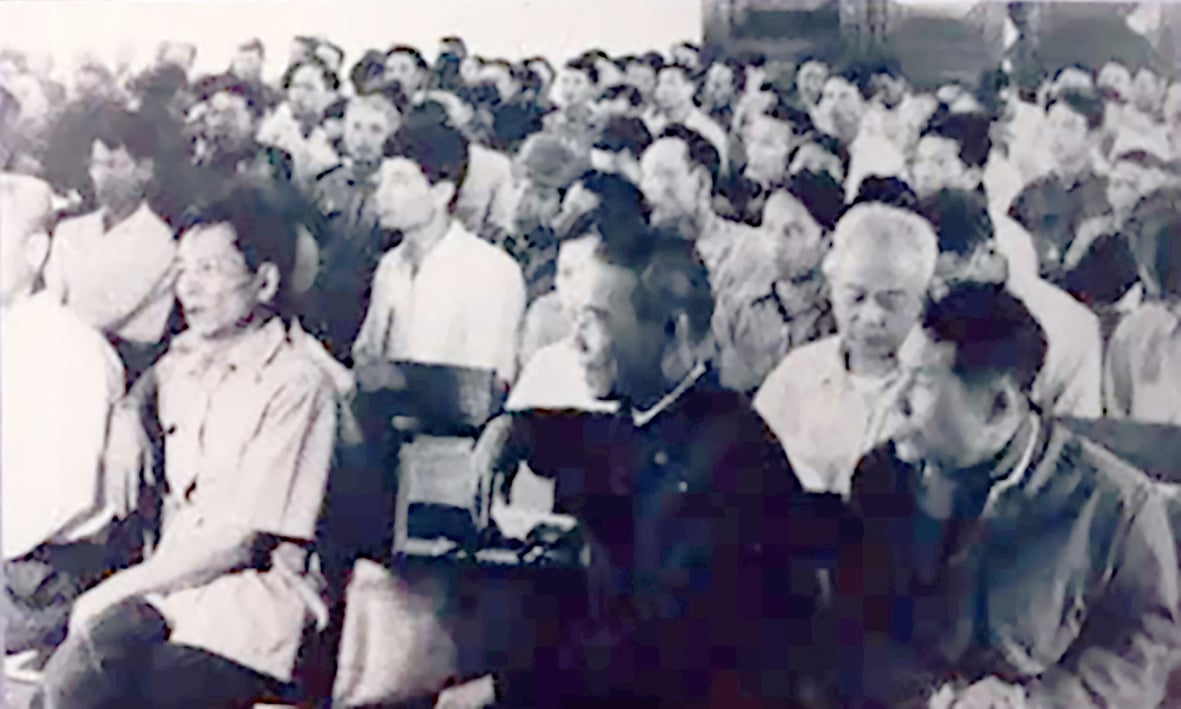
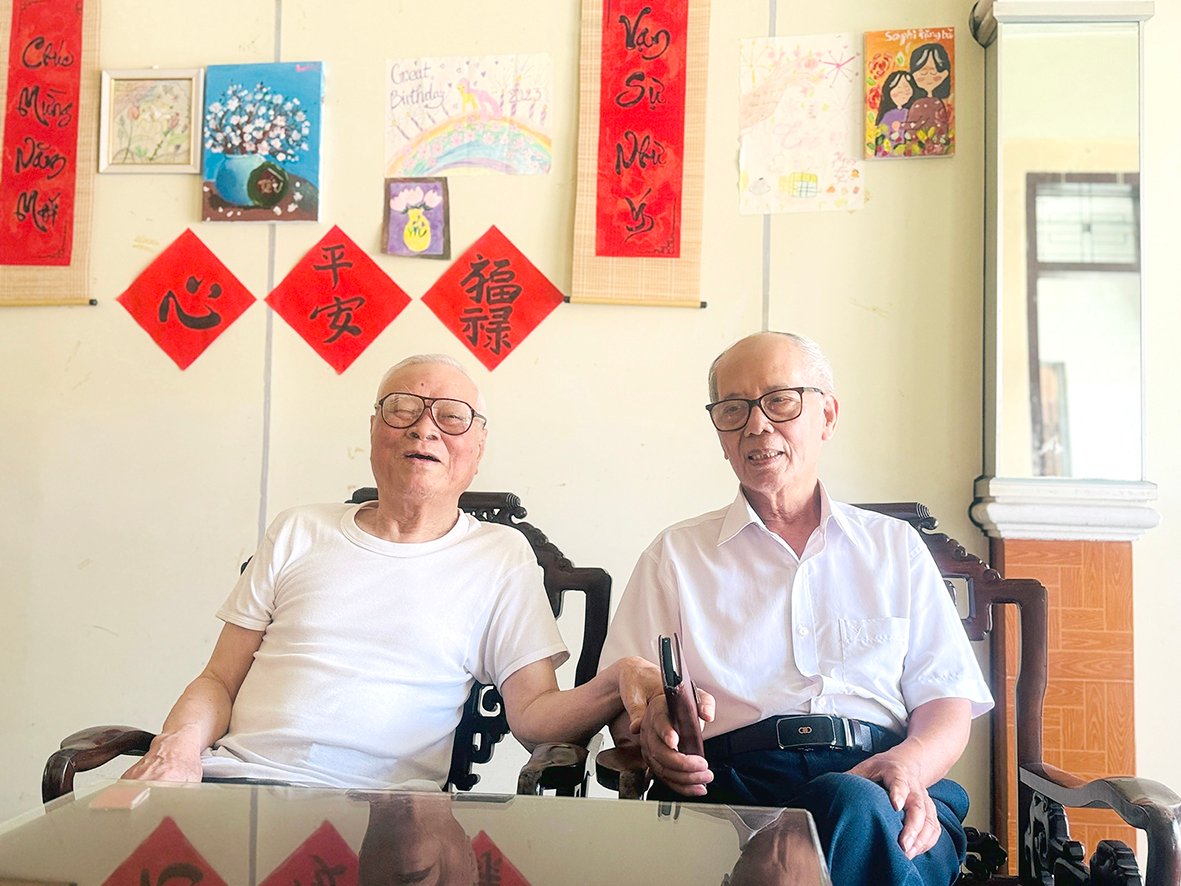
![[Photo] National Assembly Chairman visits Vi Thuy Commune Public Administration Service Center](https://vphoto.vietnam.vn/thumb/1200x675/vietnam/resource/IMAGE/2025/7/1/d170a5e8cb374ebcae8bf6f7047372b9)
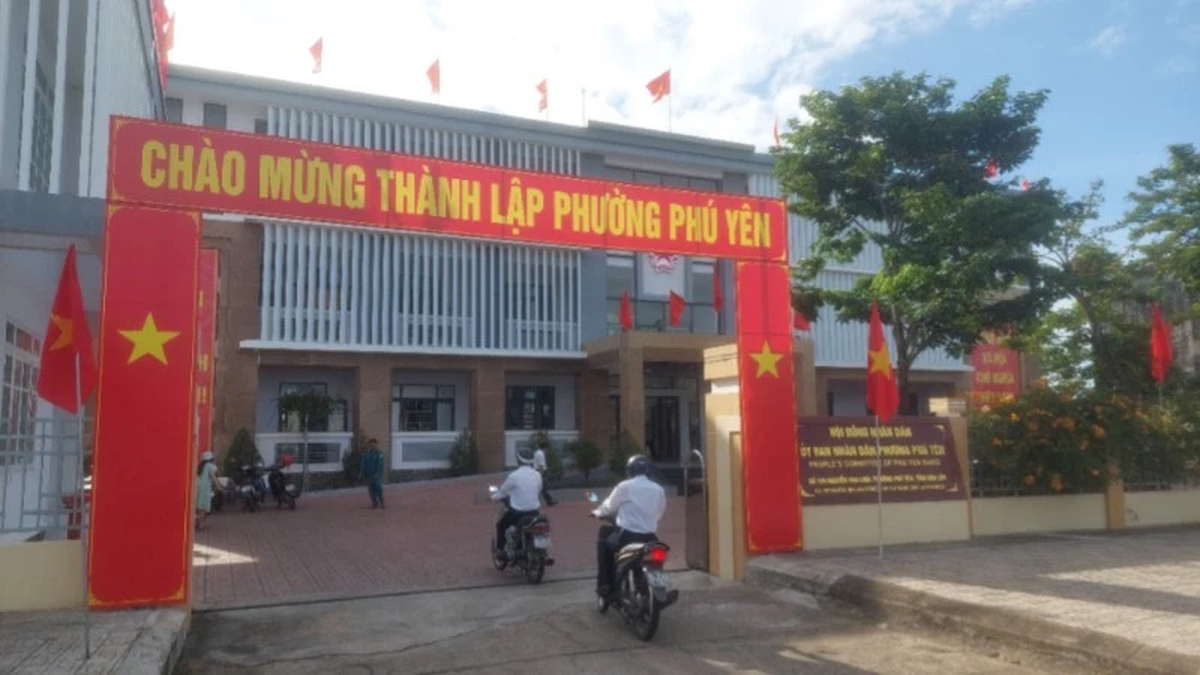




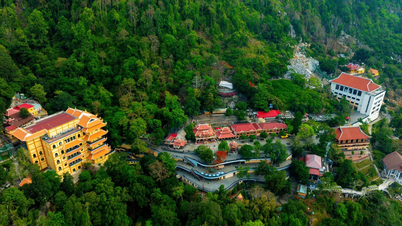

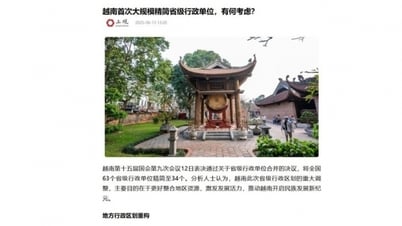



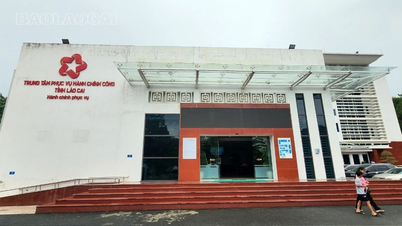




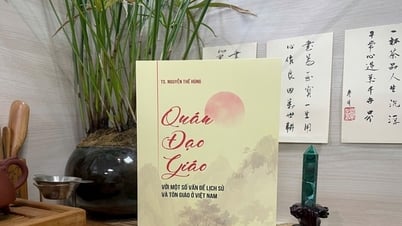

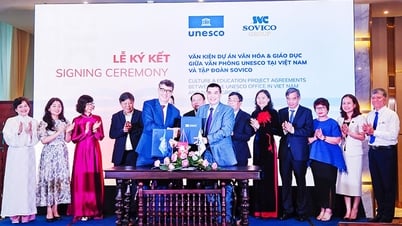

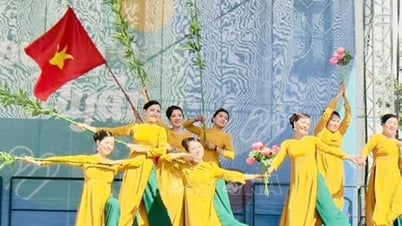

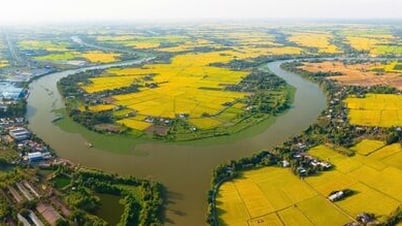

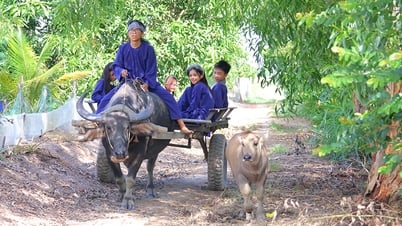

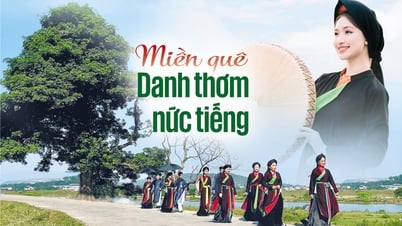




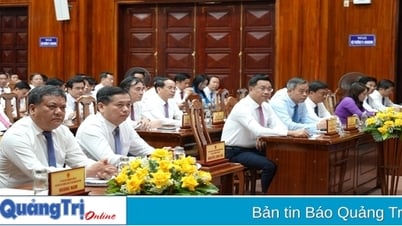
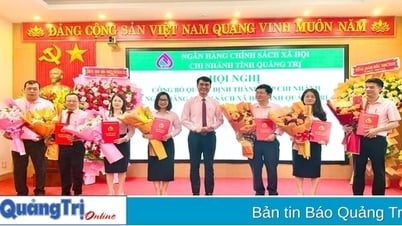
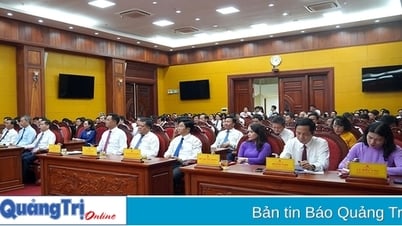
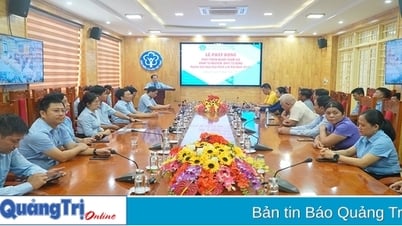
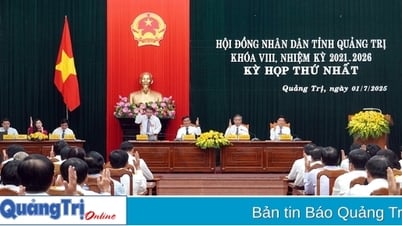
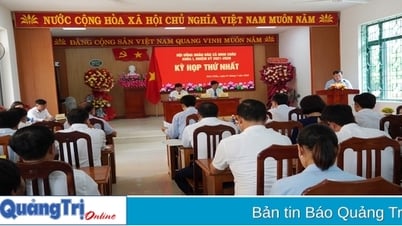
![[Photo] Standing member of the Secretariat Tran Cam Tu chaired a meeting with Party committees, offices, Party committees, agencies and Central organizations.](https://vphoto.vietnam.vn/thumb/1200x675/vietnam/resource/IMAGE/2025/7/1/b8922706fa384bbdadd4513b68879951)
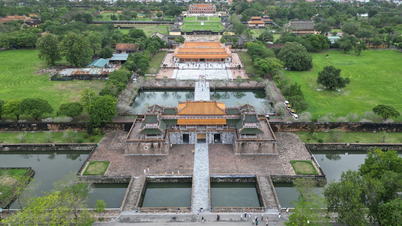

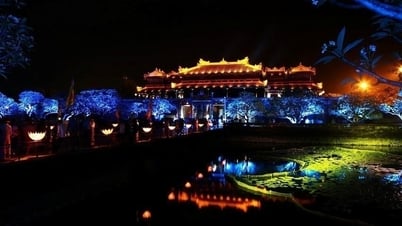

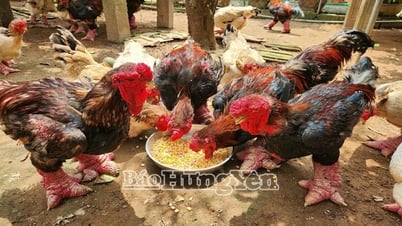

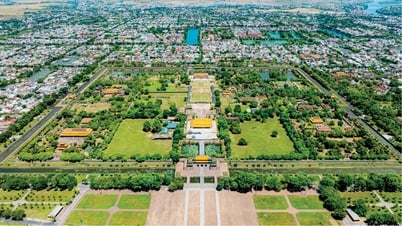



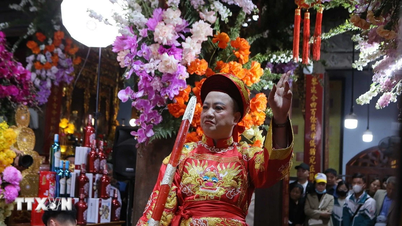
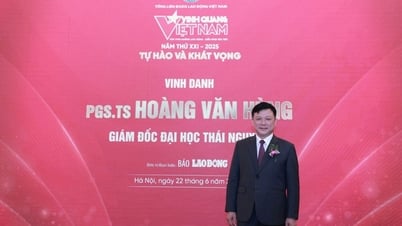



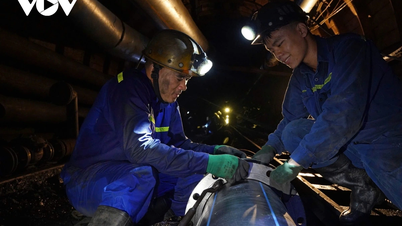










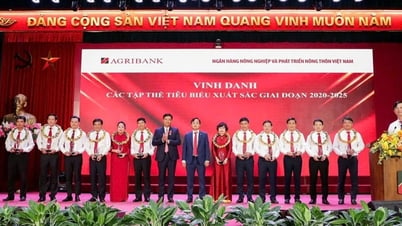


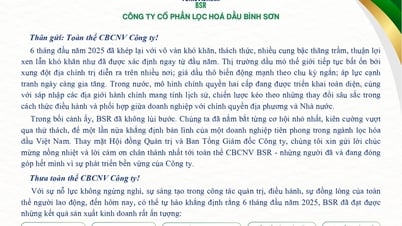



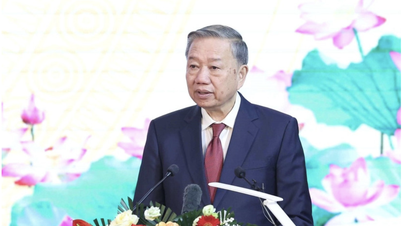

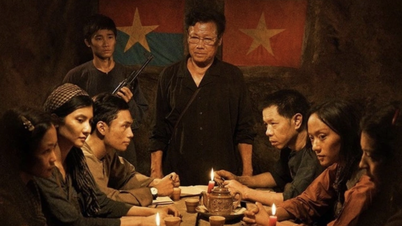
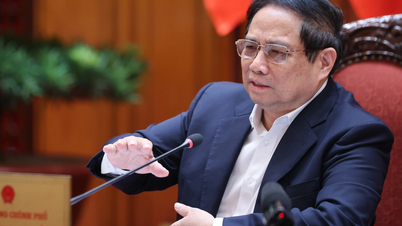
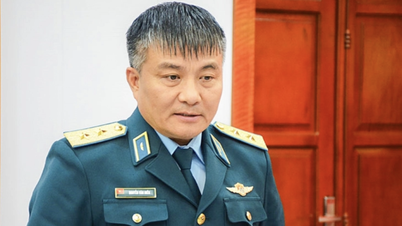
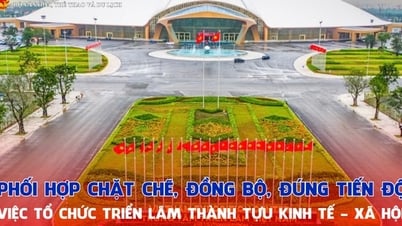

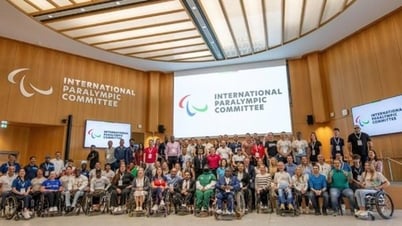
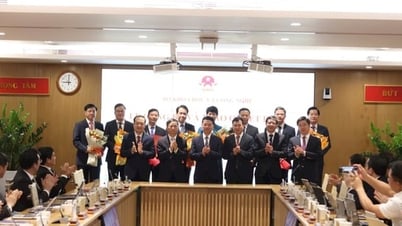


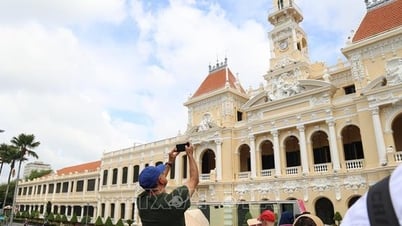
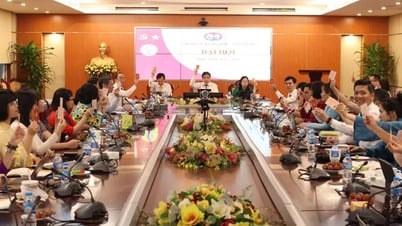


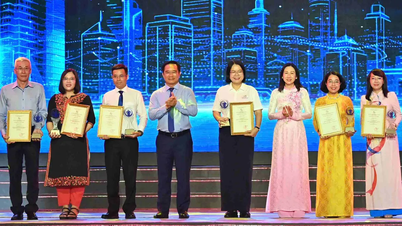

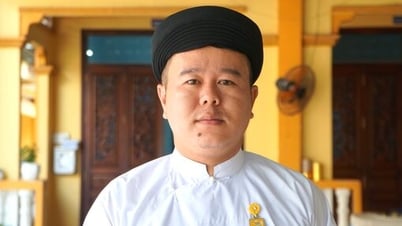

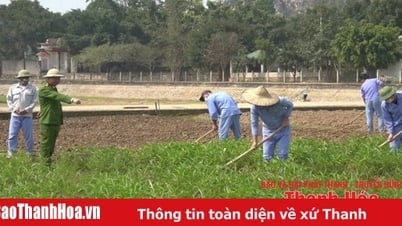

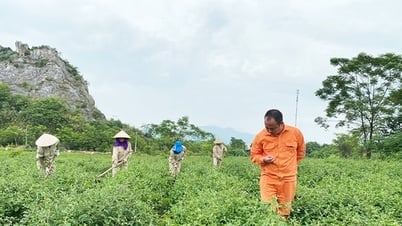







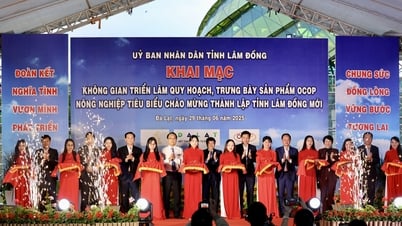



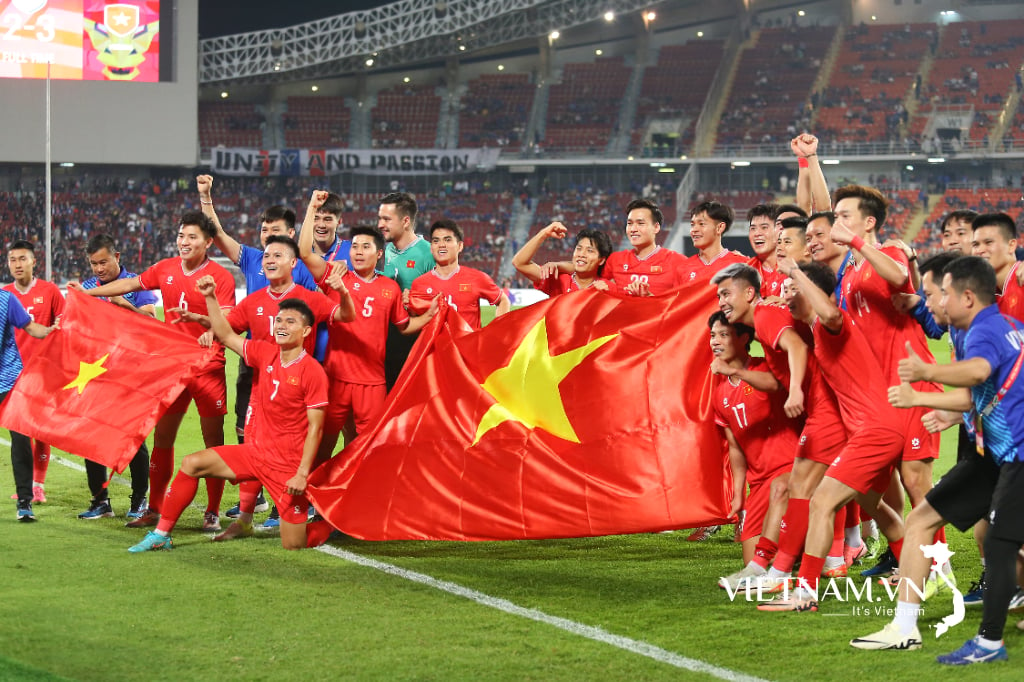
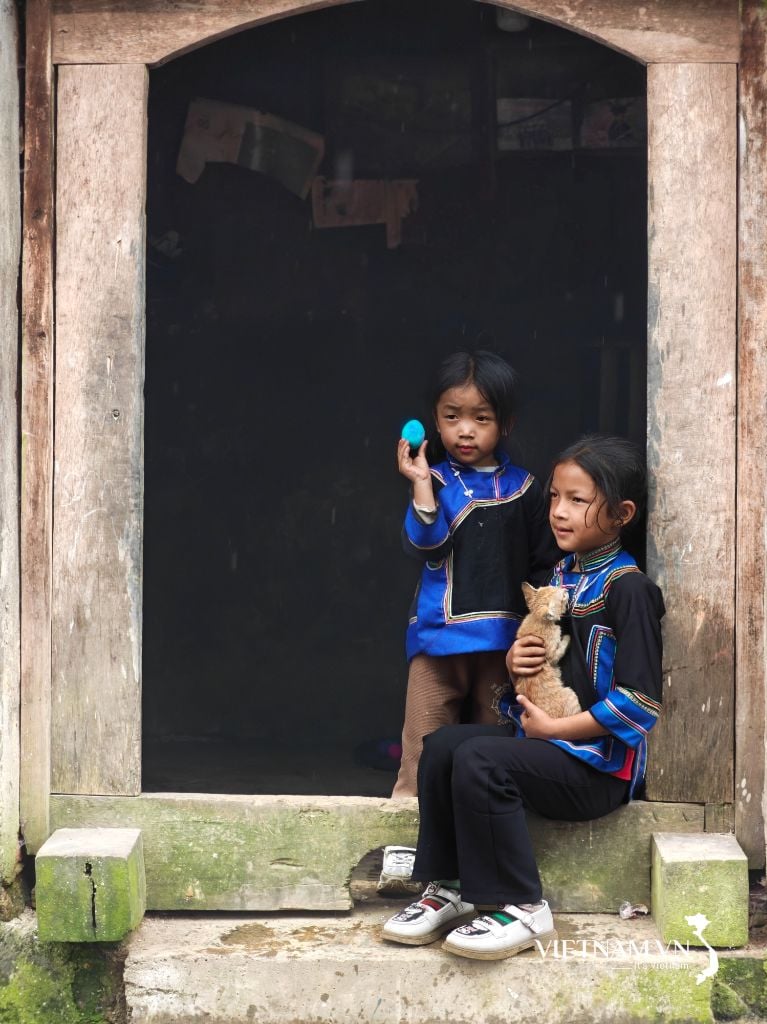
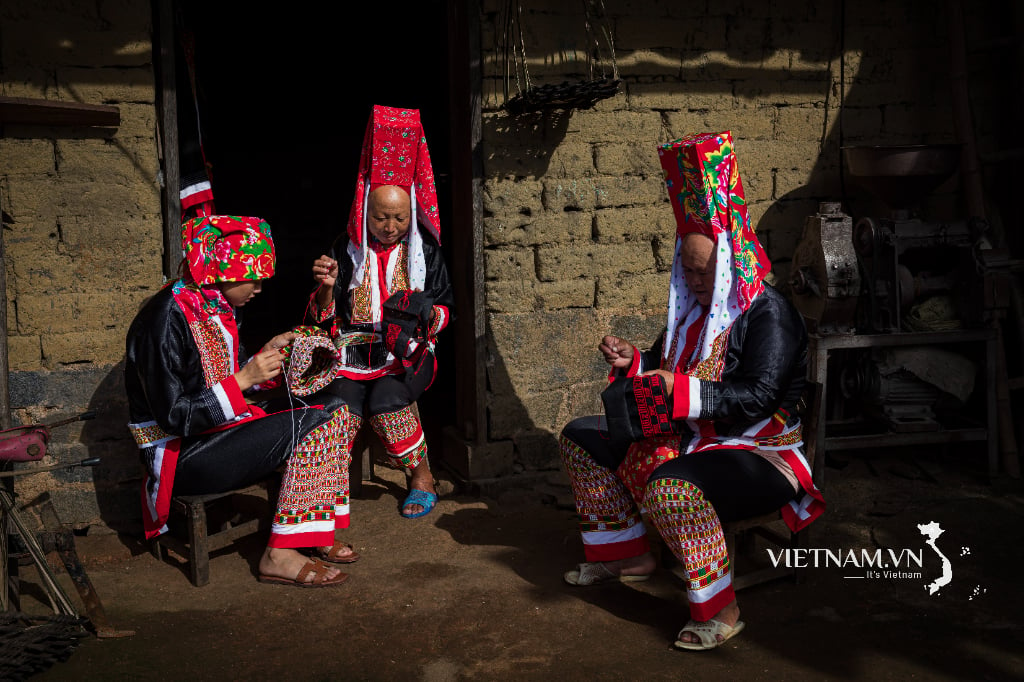
Comment (0)